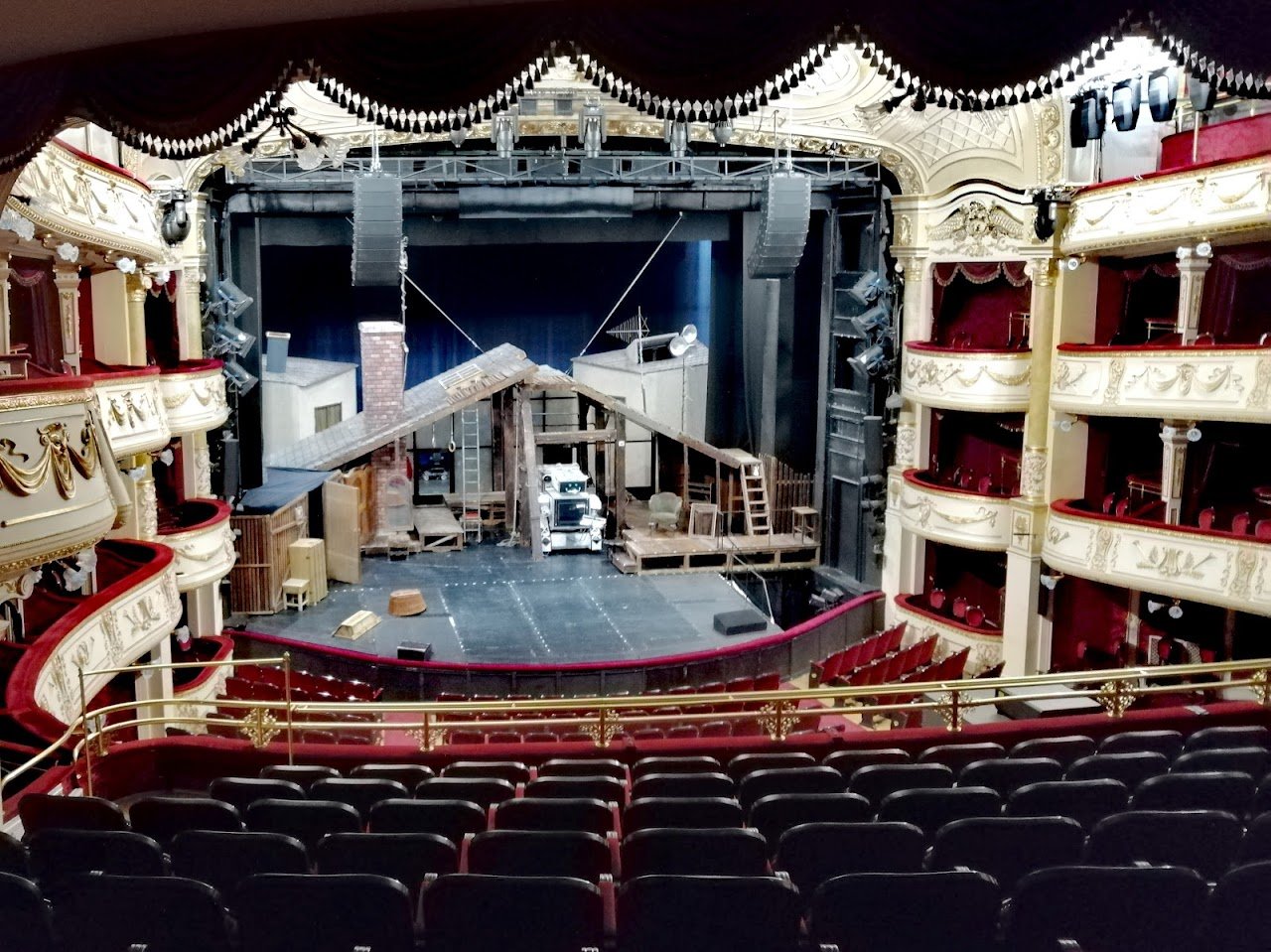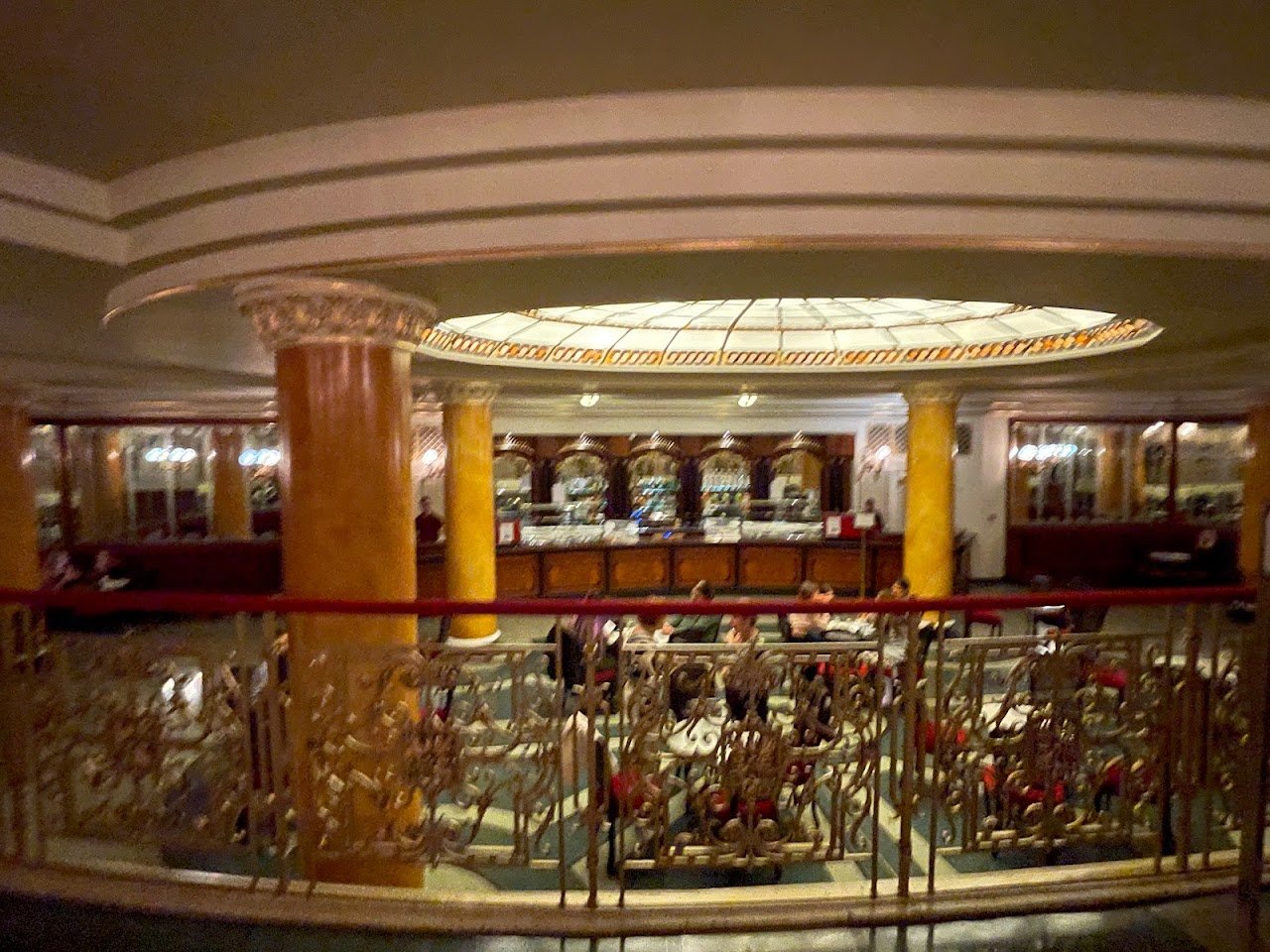Vígszínház



Ask ThatchGPT
Suggest a local expert to plan my trip
Suggest an unique itinerary for my Budapest trip
What foods do Budapest locals eat
What are some true hidden gems in Budapest
Help me brainstorm trip ideas for Budapest
Help me plan a family-friendly trip to Budapest
What people say
Pedro Pereira
Available for hire
"The Comedy Theatre of Budapest, known as Vígszínház, stands as one of the city's oldest and most esteemed theatres. Established at the turn of the 19th and 20th centuries as a modern counterpoint to the conservative National Theatre, it quickly became a trailblazer in Hungarian drama and a cornerstone of Budapest's cultural life.
Designed by Ferdinand Fellner and Hermann Helmer, renowned architects who created over 47 prominent theatres across Europe, Vígszínház was constructed on what was once a swampland. This area soon transformed into the upscale Lipótváros district. Financing for the project came from Count István Keglevich, writer Ferenc Szécsi, and businessman Gábor Faludi. Construction began in 1895 and was completed within a year, opening its doors on May 1, 1896. The building’s design, a prime example of late historicism, features grand baroque decorations with gold accents, three rows of box seats, spacious corridors, and wide staircases to accommodate the burgeoning social scene of the era. Its structure comprises three main sections: the stage, audience seating, and the entrance hall.
Mór Ditrói, the theatre's first director, brought a fresh vision from Kolozsvár (present-day Cluj-Napoca) along with a group of young, relatively unknown actors. Their innovative approach diverged from the classical theatrical traditions of the time, introducing French comedies, contemporary Hungarian works by writers like Ferenc Molnár and Sándor Bródy, and international dramas by figures such as Anton Chekhov and Bertolt Brecht. Vígszínház became a launching pad for theatrical legends like Gyula Csortos, Lili Darvas, and Klári Tolnay.
Vígszínház faced adversity during World War II when it was bombed on January 1, 1945, forcing the company to relocate temporarily to the Radius Movie Theatre on Nagymező Street. Restoration began under the guidance of Oszkár Kaufmann. In 1949, the theatre was nationalized and reopened in 1951 as the Theatre of the People's Army, before regaining its original name in 1960. From that point, it reestablished itself as a hub for contemporary Hungarian and international drama, presenting works by Arthur Miller, Friedrich Dürrenmatt, and celebrated Hungarian playwrights like István Örkény. In 1973, Vígszínház premiered *An Imaginary Report on an American Rock Festival,* which ushered in a tradition of musical productions led by Gábor Presser.
Despite nationalization and various challenges, Vígszínház has remained a vital part of Budapest's theatrical scene, selling approximately 350,000 tickets annually. The building underwent a major renovation in 1994, ensuring its architectural splendor continues to captivate audiences today."
Read more in:
Mentioned in these guides
About Vígszínház
Get the inside scoop on Vígszínház from local experts, travel creators, and tastemakers. Browse genuine trip notes, Vígszínház reviews, photos, travel guides, and itineraries from real travelers and plan your trip with confidence.
Website
Phone
Save this spot for later or start mapping out a new trip today
Try our AI Travel Assistant and get instant answers to any questions about your trip.
Ask ThatchGPT
